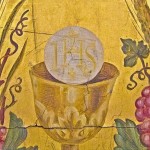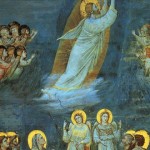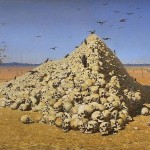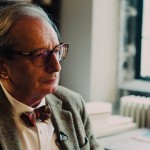
Today I conclude my interview on the Church and Hong Kong with Dr. Justin Tse of the University of Washington Comparative Religion department. The conversation moves mainland:
Artur Rosman: Are the dynamics on the mainland similar to those in Hong Kong? What is the Catholic strategy there, if any?
Justin Tse: This is a brilliant question because it gets right to the heart of Cardinal Zen’s real agenda: Sino-Vatican relations. In 2011, Cardinal Zen said in a press conference that without the permission of the Vatican, he had accepted a 20 million HKD gift from media tycoon Jimmy Lai. He said that he gave a big chunk of that money to the underground church in China.
I tell that story to show that the Church in Hong Kong is intimately connected with the Church in the People’s Republic of China (PRC). As Beatrice Leung puts it, the aftermath of the 1989 Tiananmen Beijing Spring saw the Church in Hong Kong become a “bridge church” between the Vatican and the PRC. The question is, a bridge to which church?
As Beatrice Leung shows, Sino-Vatican relations have been contentious for about 500 years. During the history of imperial China, emperors tended to favor rites that mixed Chinese practices with Catholic rites; when these Chinese rites were contested by some hardline missionaries, Catholicism would get outlawed. However, geopolitical relations between the Vatican and the People’s Republic of China have been tense since the 1950s because Mao refused to see the papal nuncio. The regime also imprisoned bishops like Ignatius Cardinal Kung in Shanghai and Archbishop Dominic Deng in Guangzhou, while promoting its own state-run Catholic Church, the Chinese Patriotic Catholic Association (CPCA). While tensions began to cool because of visits from Philippine Cardinal Jaime Sin to the high-ranking Chinese politician Zhao Ziyang in 1976, the crackdown that ended the Tiananmen Beijing Spring in 1989 effectively saw the Catholic Church retreat to its base in Hong Kong. In Hong Kong, Cardinal Wu’s pastoral letter March Into the Bright Decade also took into account why the Catholic Church in Hong Kong needed to be shrewd and focus on parish formation: it was so that Hong Kong could serve as a ‘bridge church’ between Catholics throughout the world and on the mainland.
======================================
The rest of this interview will be featured on Ethika Politika this evening. Check back with them later!
It will include a neat breakdown of the separation of church and state model with the help of one of today’s most innovative Catholic theologians, William T. Cavanaugh.
Here’s Cavanaugh on the myth of religious violence:












